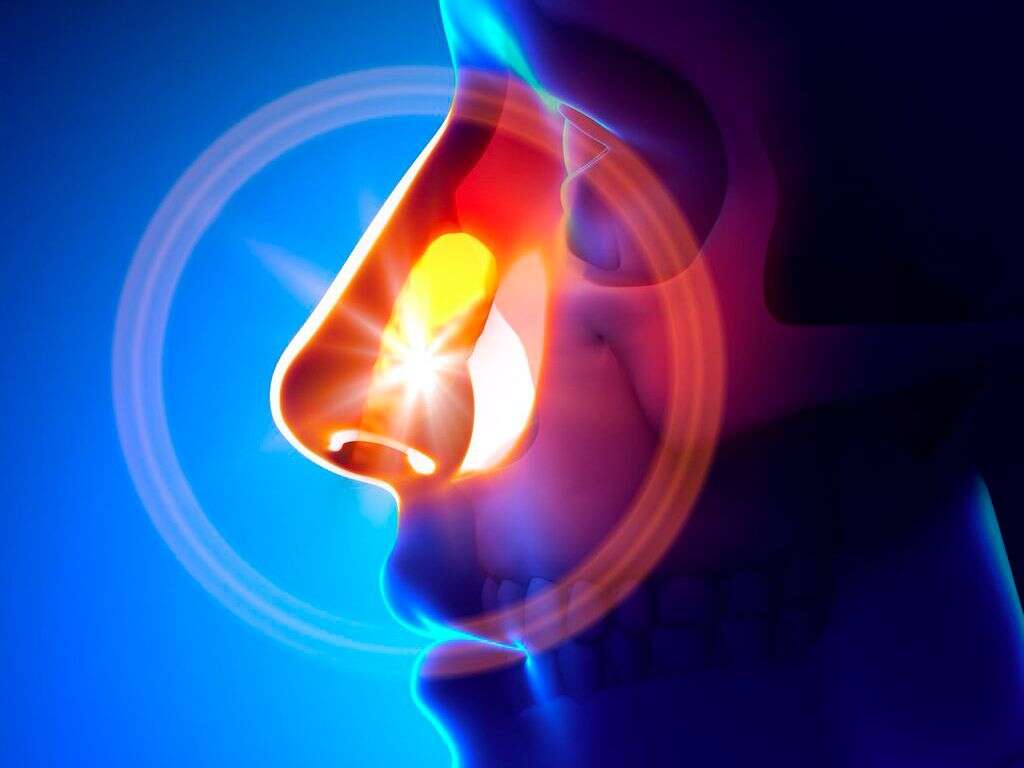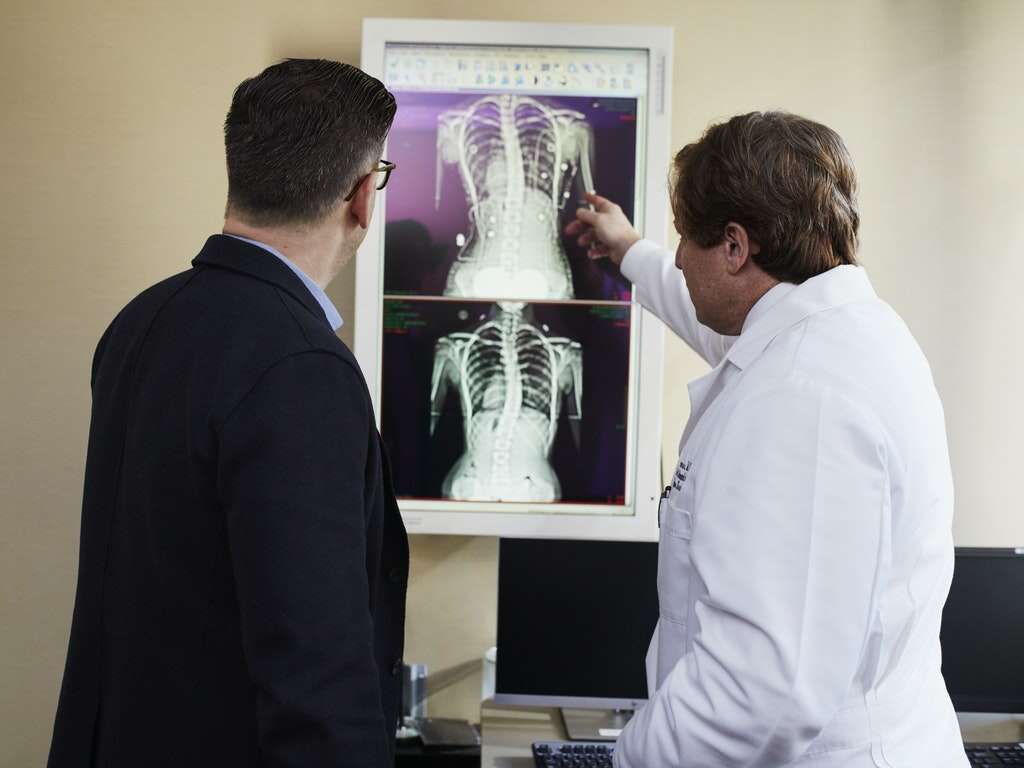What Is Pleural Effusion?
Our lungs are located in the chest cavity, which would otherwise be a vacant space. Although connected to the body, our lungs are not actually attached to most of the chest cavity. Instead, they are slightly separated from the rest of the cavity, and this helps to make it easier for them to inflate and deflate.
Pleural effusion is a condition that affects the pleural cavity, which is a small space between the lungs and chest cavity wall. It is a relatively common condition, with around 1 million people being diagnosed with it each year in the United States. Many cases can be treated but the condition will be fatal in some cases.
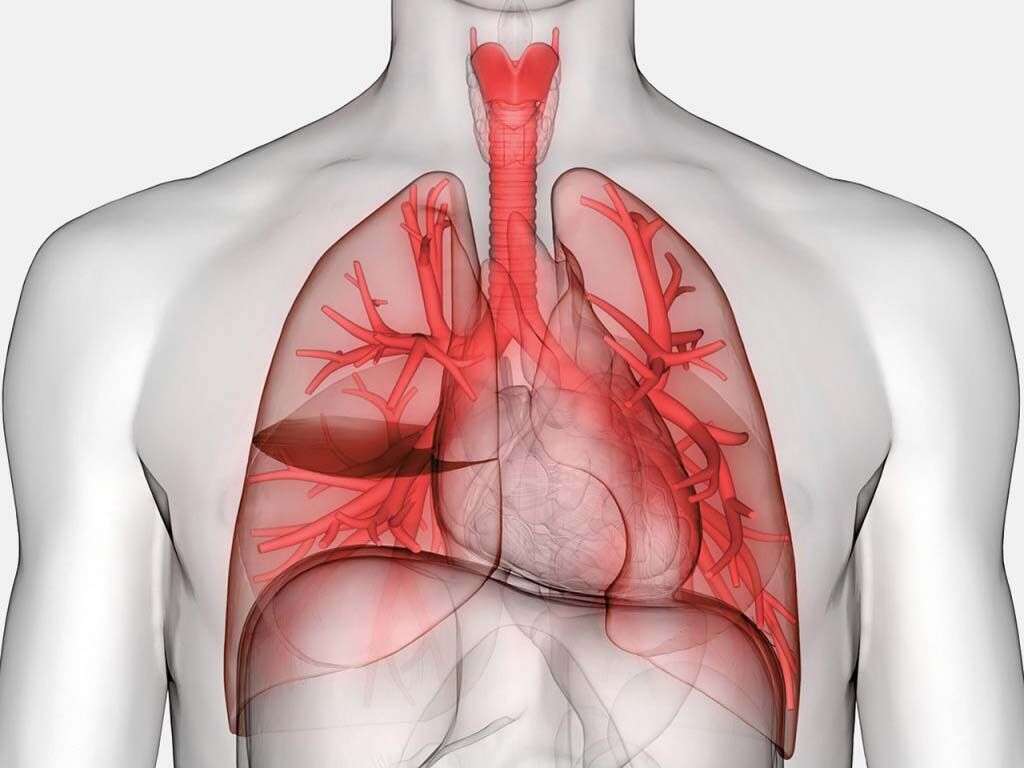
1. Pleural Effusion?
In between the chest cavity and the lungs is a space known as the pleural cavity. This space is sandwiched by two thin membranes known as the pleura, and they cover the exterior of the lungs, and the interior wall of the chest cavity. The pleural cavity also contains a small volume of fluid.
The fluid in the pleural cavity helps to act as a lubricant so the two pleura membranes can slide smoothly over each other. While the presence of this fluid is very important, however, there can also be too much of it. When too much of this fluid accumulates in the pleural cavity, it causes a condition known as pleural effusion.

2. Causes
If the pleura membranes are irritated in some way then it can cause them to begin producing more fluid than they usually would. There are various reasons why the pleura may become irritated in this way, one of which is lung cancer, which is among the most common causes of the condition.
Another potential cause of the condition is breast cancer. Poor liver functioning is another potential cause, as is kidney disease. Congestive heart failure is another potential underlying cause of the disease. Pleural effusion can also be caused by a pulmonary embolism, and heart surgery is another potential factor. Some autoimmune diseases can also be a cause.
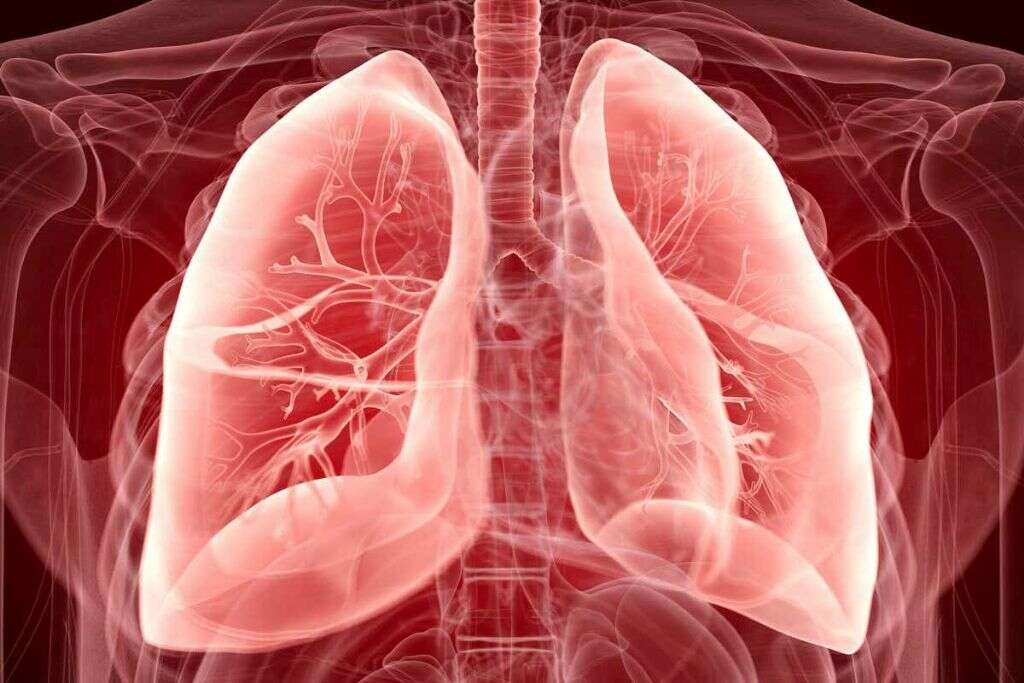
3. Exudative Effusions
Pleural effusion can be broken down into two main categories, one of which is exudative effusions. This means the fluids involved are rich in proteins. It is the least common of the two varieties, and it is caused when the pleura somehow become damaged. This damage tends to occur by from diseases, or through physical injury.
Lung injuries are one potential cause of exudative effusions. Another potential cause is tumors that might cause physical damage to the membranes. Inflammation is another potential cause, and this may happen due to infections, and this will often mean pneumonia is involved. Blocked blood vessels or lymph nodes are another potential reason for pleural effusion.

4. Transudative Pleural Effusions
The most common variety is transudative pleural infusions, and the fluids involved in this condition are going to be low on protein count. Transudative pleural effusions happen when fluids from elsewhere are able to leak into the pleural cavity, and this tends to be down to a low blood protein count, or a high blood pressure.
The most common underlying cause for transudative pleural effusion is congestive heart failure. This means that the heart is becoming gradually less effective at pumping blood. Other potential causes of the condition include cirrhosis of the liver, open heart surgery, and a pulmonary embolism.

5. Complicated And Uncomplicated
Pleural effusions can also be broken down into another two categories. These are complicated, and uncomplicated. Complicated pleural effusions mean that inflammation is also present while accompanying infections can also put pleural effusion into the complicated category.
Complicated pleural effusions can go on to cause potentially severe problems for the patient, and they will need to be treated as soon as possible. Uncomplicated pleural effusions are going to be less likely to cause problems as there is no inflammation or infection present. Regardless of whether or not pleural effusion is complicated or uncomplicated, you should still speak with a doctor.

6. Symptoms
A lot of people who have pleural effusion will not even be aware as they will show no symptoms of the disease at all. When they do eventually find out, it will often have been discovered by chance when being examined for other medical conditions with the use of X-rays and similar.
When symptoms of the condition do appear, they will tend to include pain in the chest, a fever, a dry cough, breathing difficulties, difficulty exercising, and hiccups that will not stop. A lot of people are unlikely to go and see a Doctor for what they think is the flu, but you should always see a doctor if the symptoms become particularly uncomfortable.
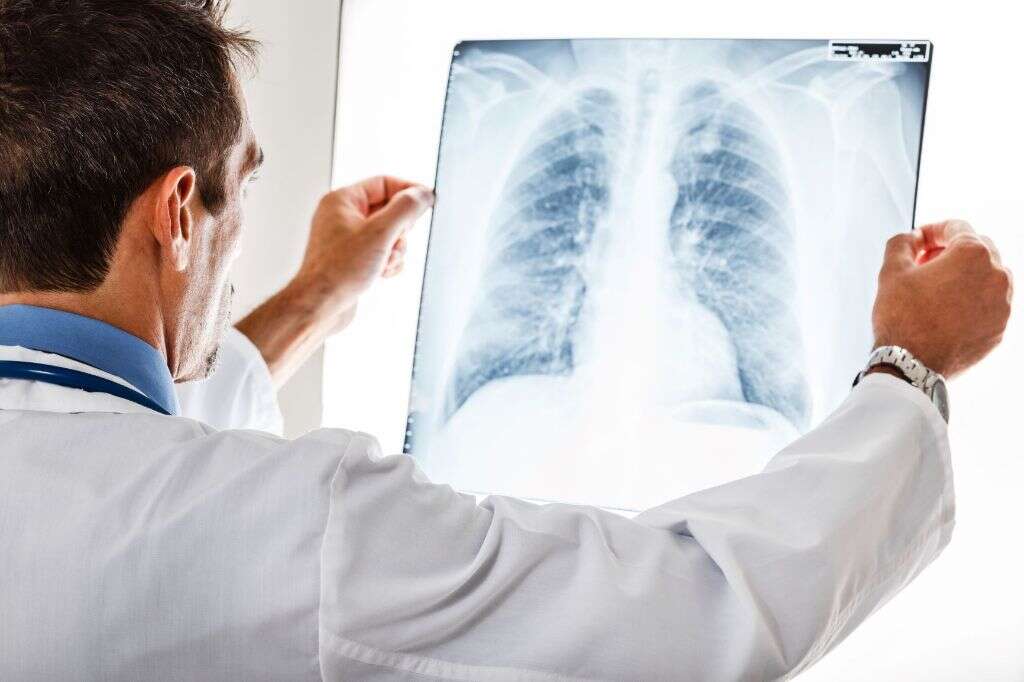
7. Complications
In addition to the symptoms mentioned, pleural effusion will also sometimes go on to cause potentially serious complications. One of these is an empyema, which is a type of abscess in the pleural cavity. Another potential complication is pneumothorax, which means excess air is in the chest cavity after the excess fluid has been drained away.
Pleural effusions will also sometimes result in physical damage to the lungs. This might then also lead to pleural thickening, which is when the lung’s lining has become scarred. This is a condition that cannot be cured and can lead to chronic breathing difficulties for the patient.

8. Diagnosis
Your doctor will want to perform a brief physical exam. This will typically include the use of a stethoscope that will enable them to hear what is happening in the lungs. Tests are also likely to be requested in order to be able to confirm the diagnosis. This will often mean imaging methods like the use of X-rays and CT scans.
Other potential tests include a bronchoscopy, which involves inserting a lens into the bronchial tubes. Experts may also want to take a sample of pleural fluid so it can then be analyzed for signs of different underlying causes. A sample of the pleural membranes may also need to be taken.

9. Draining
In some cases of pleural effusion, the excess fluids will likely need to be drained from the pleural cavity. This will typically involve the use of a small tube or needle that will be inserted into the chest. More than one session might be necessary, but a local anesthetic is used to help prevent the procedure from being too painful.
Another potential treatment for pleural effusion is pleurodesis. This is a condition that effectively binds the two pleura membranes together, and this means fluid is no longer able to accumulate in the cavity. However, this means the two membranes can no longer slide against each other, and this will cause breathing difficulties.

10. Surgery
Draining and/or medication will often be able to solve the problem, but surgery will be necessary in some cases. If the case is severe then a pleuroctomy may need to be performed, which means that part of the pleural lining is removed. In other cases, a small tube may be surgically inserted into the chest cavity that will help excess fluid to drain into the digestive system.
In many cases, cancer will be the underlying cause of the condition, and this will also need to be treated where necessary. Lung cancer can be very difficult to operate on but, thankfully, breast cancer is relatively easy to treat. Regular check-ups are recommended to help catch any cancer early on in its development.







